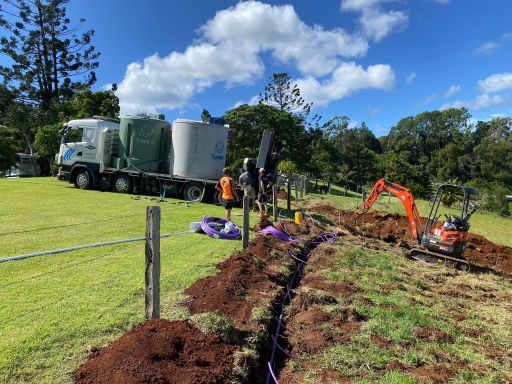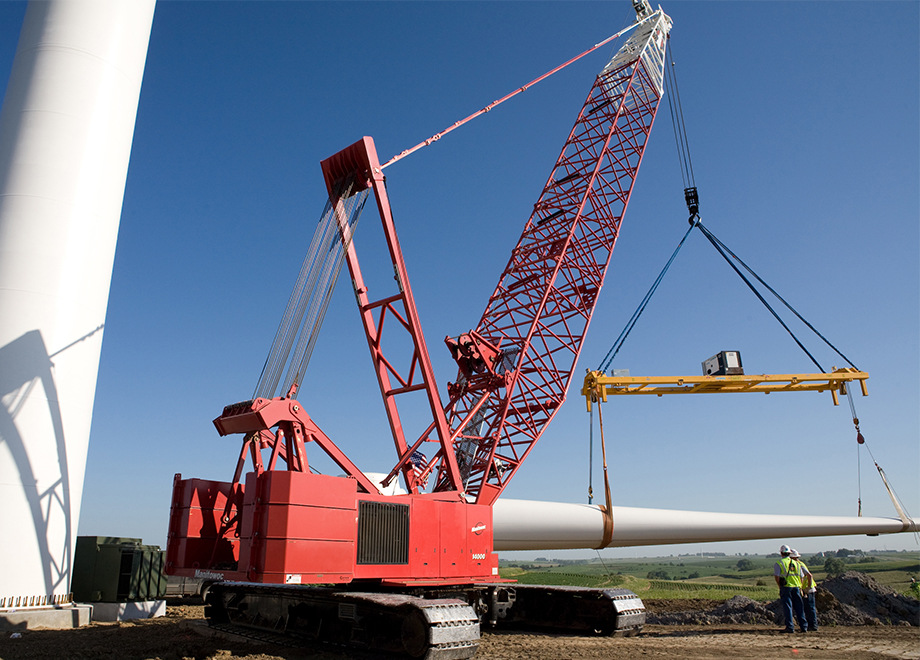Throughout Byron Bay, Septic systems play a crucial role in managing wastewater for properties that are not connected to the main sewer system. However, like any other system, septic tanks can encounter problems that require attention and maintenance.
In this comprehensive guide, we will explore the common issues associated with septic tanks in the Byron Bay Shire area of New South Wales. We will also discuss preventive measures and the importance of regular maintenance to ensure the efficient operation of septic systems.
Introduction to Septic Tanks in Byron Bay Shire
If you own or rent a property in the Byron Bay Shire that is not connected to the main sewer system, you likely have an on-site sewage management system (OSMS) in the form of a septic tank. An OSMS includes both the wastewater treatment device and the land area where the treated effluent is disposed. The purpose of an OSMS is to treat sewage in a manner that minimizes the impact on public and environmental health.
The operation and maintenance of on-site sewage management systems in Byron Bay Shire are regulated by the Local Government Act 1993 and the Local Government (General) Regulation 2005. These regulations ensure that septic systems meet operational standards and protect the environment.
Common Problems with Septic Tanks
Although septic tanks are designed to efficiently treat wastewater, they can experience various issues over time. Here are some of the most common problems encountered with septic tanks in the Byron Bay Shire area:
1. Excessive Wastewater Flow
One common problem is when too much wastewater enters the septic system, causing the effluent to flow too quickly through the septic tank. This prevents bacteria from effectively breaking down the solids in the wastewater. As a result, solids can be pushed through the system, leading to clogged absorption trenches.
2. Sludge and Scum Build-up
Another issue arises when there is an excessive accumulation of sludge and scum in the septic tank. If the tank is not regularly de-sludged, it can lead to system failure and untreated effluent with heavy solids flowing into the absorption trenches.
3. Toxic Chemicals
Toxic chemicals, such as solvents, oils, paints, disinfectants, pesticides, household cleaning products, and bleaches, can harm the helpful bacteria in the septic system. These chemicals disrupt the digestion of effluent and contribute to the pollution of the absorption trenches.
Signs of a Failing Septic Tank
It is important to be aware of the signs that indicate a failing septic tank in order to address the problem promptly. Here are some indicators that your septic tank may not be working properly:
1. Slow Draining Water
If water takes longer than usual to drain from basins and sinks in your house, it could be a sign that your septic tank is due for maintenance. This slow drainage occurs when the tank is filling up, leaving less space for wastewater.
2. Gurgling Noises
Strange gurgling or bubbling sounds in your plumbing could indicate excessive solids or a clog in your septic system. If you hear these noises, it is a clear indication that your septic tank needs attention.
3. Sewage Smells
Unpleasant sewage odours from drains or the septic system are a strong indication that your septic tank is overwhelmed. The lack of capacity to treat the wastewater effectively can cause gases to escape, resulting in foul odours.
4. Water Backing Up
If water starts backing up into sinks or yard gullies, it is a sign of a septic tank issue. This can happen when the septic tank is full and cannot properly disperse the wastewater into the absorption area.
5. Wastewater Pooling
Pooling wastewater over the disposal area is a clear indication of a failing septic system. This occurs when the septic tank is unable to effectively treat the wastewater, leading to an overflow and potential environmental hazards.
Preventing Septic Tank Problems
Taking preventive measures can help avoid septic tank problems and prolong the life of the system. Here are some do’s and don’ts to keep in mind:
Do’s:
- Learn how your septic system works and its operational and maintenance requirements.
- Familiarize yourself with the location and layout of your septic system and land application area.
- Have your septic tank de-sludged every 3-5 years to prevent sludge build-up.
- Conserve water to reduce the amount of wastewater needing treatment.
- Check household products for suitability in septic systems.
- Engage a contractor to regularly check and service your system.
- Keep a record of servicing, inspections, and other maintenance.
Don’ts:
- Avoid putting large quantities of bleaches, disinfectants, and other chemicals into your septic system.
- Do not allow foreign materials such as nappies, tampons, condoms, or hygiene products to enter the system.
- Use detergents in recommended amounts.
- Avoid putting fats and oils down the drain.
- Do not install or use “sinkerators” and dispose of fruit and vegetable scraps separately.
- Prevent children or pets from playing on the land application area.
By following these guidelines, you can help prevent common septic tank problems and ensure the efficient operation of your system.
Factsheets and Checklists
To assist you further, the Byron Shire Council provides various factsheets and checklists that cover different aspects of on-site sewage management systems. These resources can provide valuable information and guidance for maintaining your septic tank properly.
Here are some of the available resources:
These resources can be accessed from the Byron Shire Council’s official website or obtained through local council offices.
In conclusion, understanding and addressing common problems with septic tanks is essential for maintaining a properly functioning wastewater management system. By following preventive measures and undertaking regular maintenance, property owners in the Byron Bay Shire area can ensure the effective operation of their septic systems and protect the environment and public health.


